Aquatic Invertebrates
Media
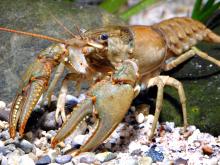
Species Types
Scientific Name
Faxonius virilis (formerly Oronectes virilis)
Description
The virile crayfish is large, reddish brown or green, and lacks prominent markings. The pincers are green with orange tips and are studded with whitish knobs. Paired dark blotches run along the abdomen. This species is widespread.
Media

Species Types
Scientific Name
Venustaconcha ellipsiformis and V. pleasii
Description
These small mussels use darters, a type of fish, as hosts for their young.
Media
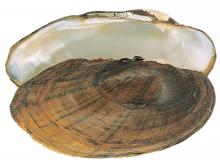
Species Types
Scientific Name
Lampsilis siliquoidea
Description
The fatmucket was a favorite species harvested for the button industry in the early 1900s.
Media
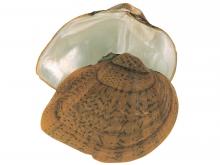
Species Types
Scientific Name
Truncilla truncata
Description
A common mussel in some areas, deertoe have decorative green markings.
Media
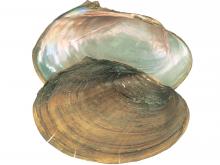
Species Types
Scientific Name
Leptodea fragilis
Description
A widespread mussel that relies on freshwater drum as host fish for the developing young.
Media
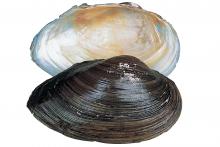
Species Types
Scientific Name
Pygandon grandis
Description
When a floater dies, this large mussel with a thick shell will actually rise to the water surface and float as it decays.
Media

Species Types
Scientific Name
Toxolasma parvus
Description
These diminutive mollusks are the smallest of Missouri’s freshwater mussels.
Media
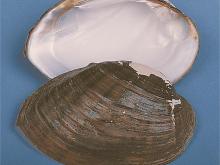
Species Types
Scientific Name
Actinonaias ligamentina
Description
One of the most widespread and numerous mussels in southern Missouri.
Media

Species Types
Scientific Name
Quadrula pustulosa
Description
While the pimpleback is usually bumpy, some individuals are perfectly smooth.
Media

Species Types
Scientific Name
Potamilus alatus
Description
A large dorsal wing and purple lining make identification of this widespread mussel easy.
See Also
About Aquatic Invertebrates in Missouri
Missouri's streams, lakes, and other aquatic habitats hold thousands of kinds of invertebrates — worms, freshwater mussels, snails, crayfish, insects, and other animals without backbones. These creatures are vital links in the aquatic food chain, and their presence and numbers tell us a lot about water quality.





















